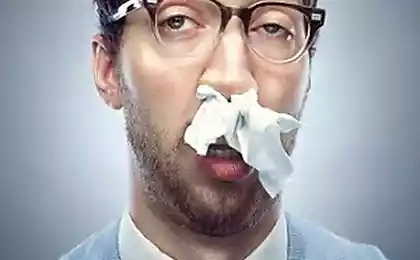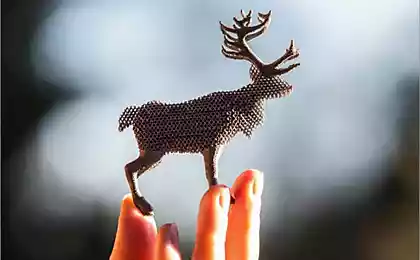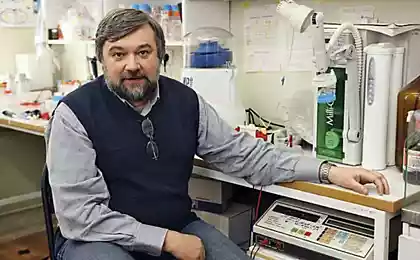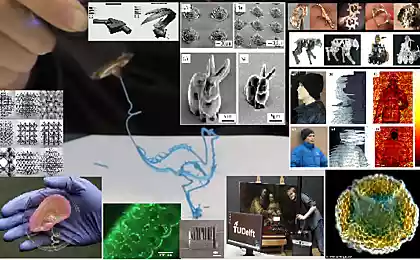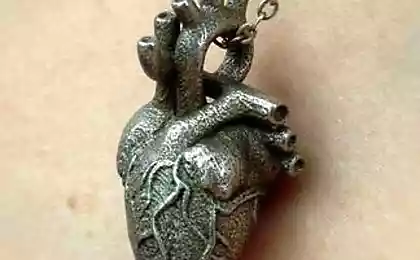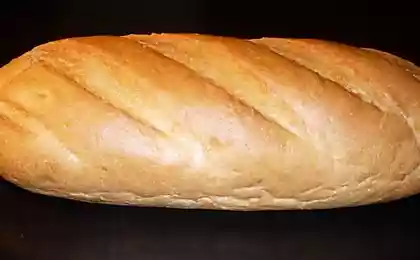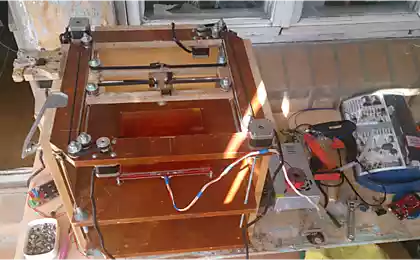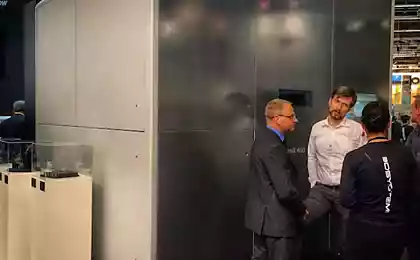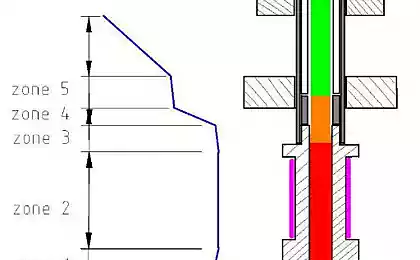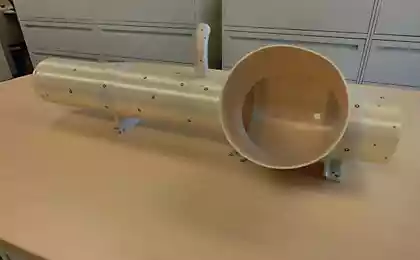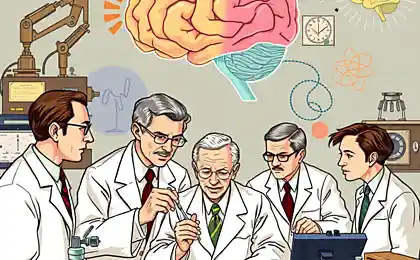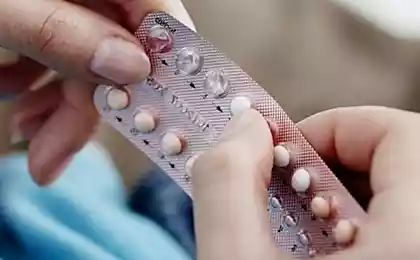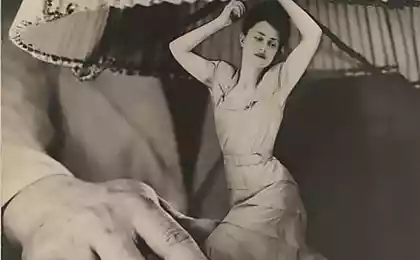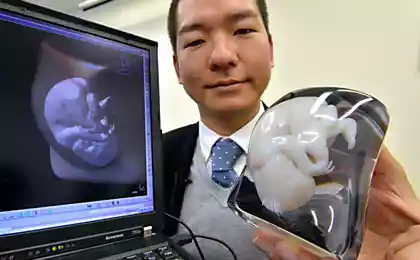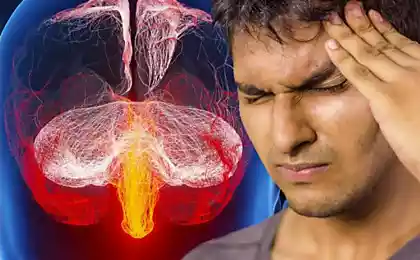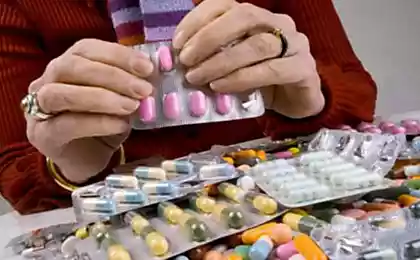1343
3D-press anatomical specimens make the study of anatomy is much more accessible
Doctors from the Australian Monash University исследуют 3D-printing capabilities for the production of anatomical benefits . Qualitatively, it is impossible to study human anatomy textbook only. Students are absolutely necessary to practice on the material, tangible preparations. C using 3D-printer can recreate on the basis of three-dimensional models obtained, for example, by imaging, exact copies of individual organs and body parts. These synthetic drugs, although not fully replace the real, have a number of important advantages.
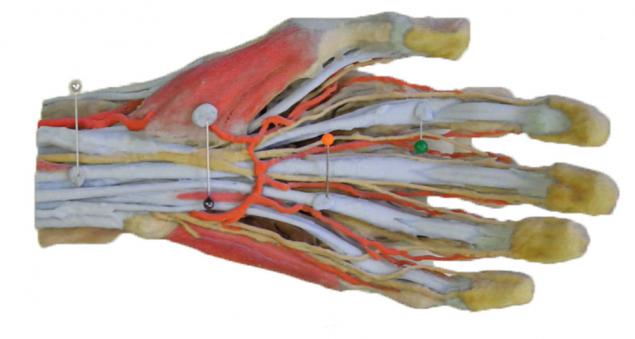
The printed palm model, obtained by imaging. i>
Embalming or пластинация corpse - an expensive and complicated process. No less difficult and troublesome to store manufactured drugs. In addition, their production and use can be associated with the complexities of the legal, cultural or religious nature. Printed drugs devoid of these shortcomings. They can be stored indefinitely under normal conditions, and replicated in the desired amount. This is especially important for rare pathologies and disorders of the structure of the exotic. Another unique opportunity - you can easily change the scale of the preparations, for example, to show the structure of a small body in the enlarged. It is also possible to present in tangible form and the oral cavities of the body.
Already today, there are printers that can print the эластичные Product . If the practice of manufacturing anatomical models will be extended, there may be a whole new branch of 3D-printing, print-oriented details, reminiscent of the texture and elasticity of human tissue. This will make the artificial drugs are almost indistinguishable from the real thing. However, even the hard to print from the usual cheap plastic can be very useful, particularly where the requirements for drugs are not too high, and the budget is limited - for example, in biology classrooms.
For the experiments, the Australian scientists used professional 3D-printer color Z650 value 65 thousand dollars. Although it is not cheap, embalming equipment and plastination is much more expensive. Sami drugs also get a lot cheaper. For example, "natural" human hand drug costs 14 000 dollars. High-quality plastic model company SOMSO - 1800. Printed in full size model costs about $ 300-350.
The researchers said that until now have been published remarkably few papers devoted to 3D-printing capabilities in medical education, even though the technology itself is not so new. In the study of anatomical pathology, anatomy zoology and veterinary medicine, as well as to improve the quality of medical education in developing staranh it can play a particularly prominent role.
Source: habrahabr.ru/post/230119/

The printed palm model, obtained by imaging. i>
Embalming or пластинация corpse - an expensive and complicated process. No less difficult and troublesome to store manufactured drugs. In addition, their production and use can be associated with the complexities of the legal, cultural or religious nature. Printed drugs devoid of these shortcomings. They can be stored indefinitely under normal conditions, and replicated in the desired amount. This is especially important for rare pathologies and disorders of the structure of the exotic. Another unique opportunity - you can easily change the scale of the preparations, for example, to show the structure of a small body in the enlarged. It is also possible to present in tangible form and the oral cavities of the body.
Already today, there are printers that can print the эластичные Product . If the practice of manufacturing anatomical models will be extended, there may be a whole new branch of 3D-printing, print-oriented details, reminiscent of the texture and elasticity of human tissue. This will make the artificial drugs are almost indistinguishable from the real thing. However, even the hard to print from the usual cheap plastic can be very useful, particularly where the requirements for drugs are not too high, and the budget is limited - for example, in biology classrooms.
For the experiments, the Australian scientists used professional 3D-printer color Z650 value 65 thousand dollars. Although it is not cheap, embalming equipment and plastination is much more expensive. Sami drugs also get a lot cheaper. For example, "natural" human hand drug costs 14 000 dollars. High-quality plastic model company SOMSO - 1800. Printed in full size model costs about $ 300-350.
The researchers said that until now have been published remarkably few papers devoted to 3D-printing capabilities in medical education, even though the technology itself is not so new. In the study of anatomical pathology, anatomy zoology and veterinary medicine, as well as to improve the quality of medical education in developing staranh it can play a particularly prominent role.
Source: habrahabr.ru/post/230119/

